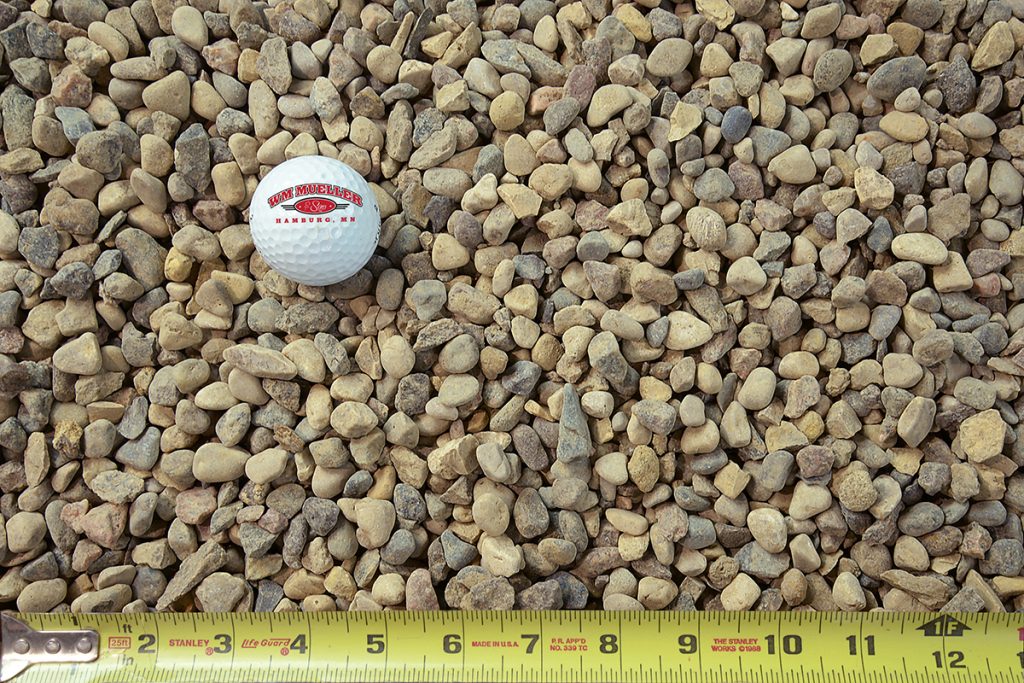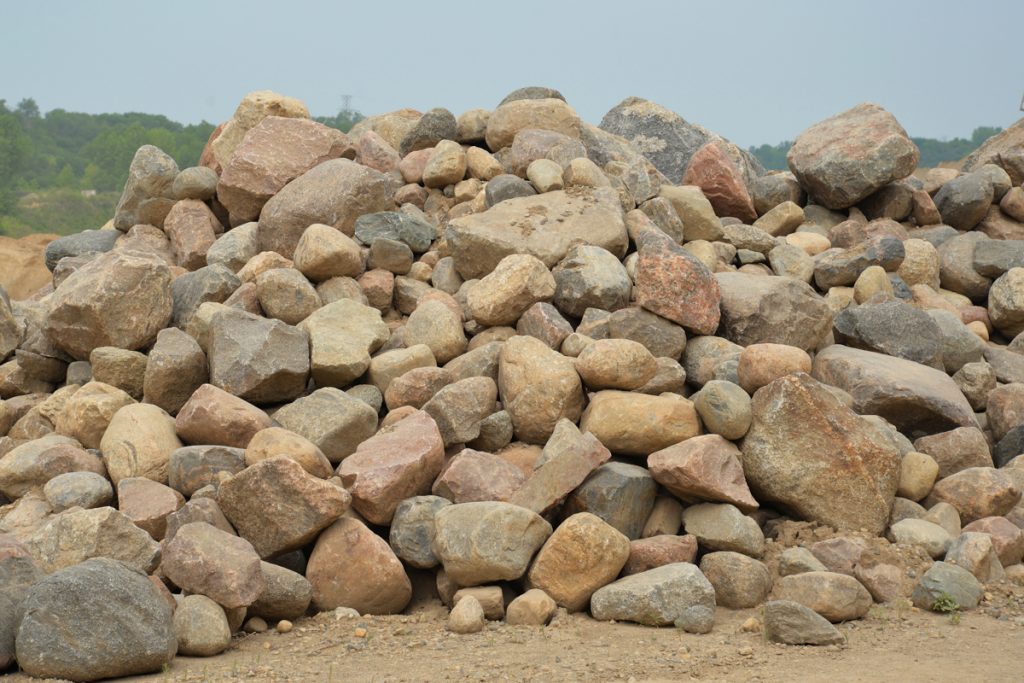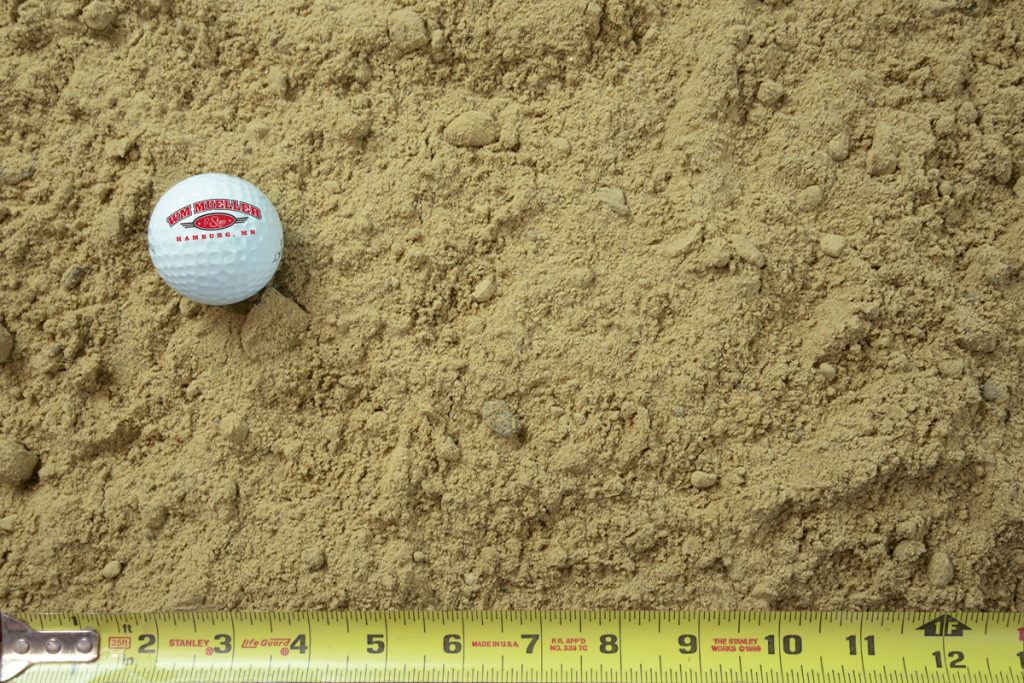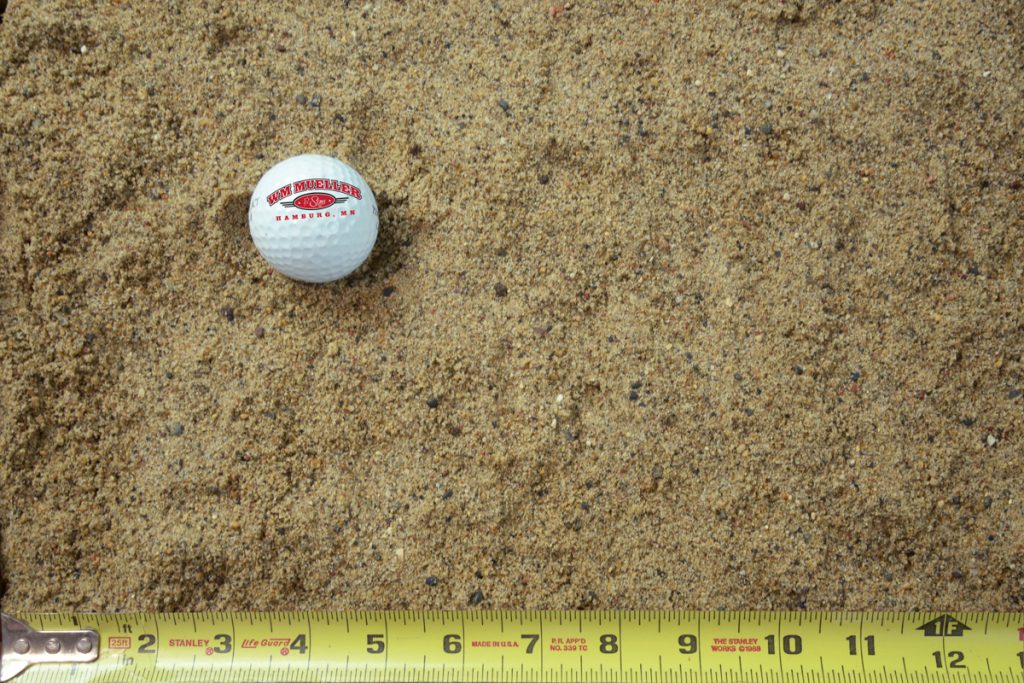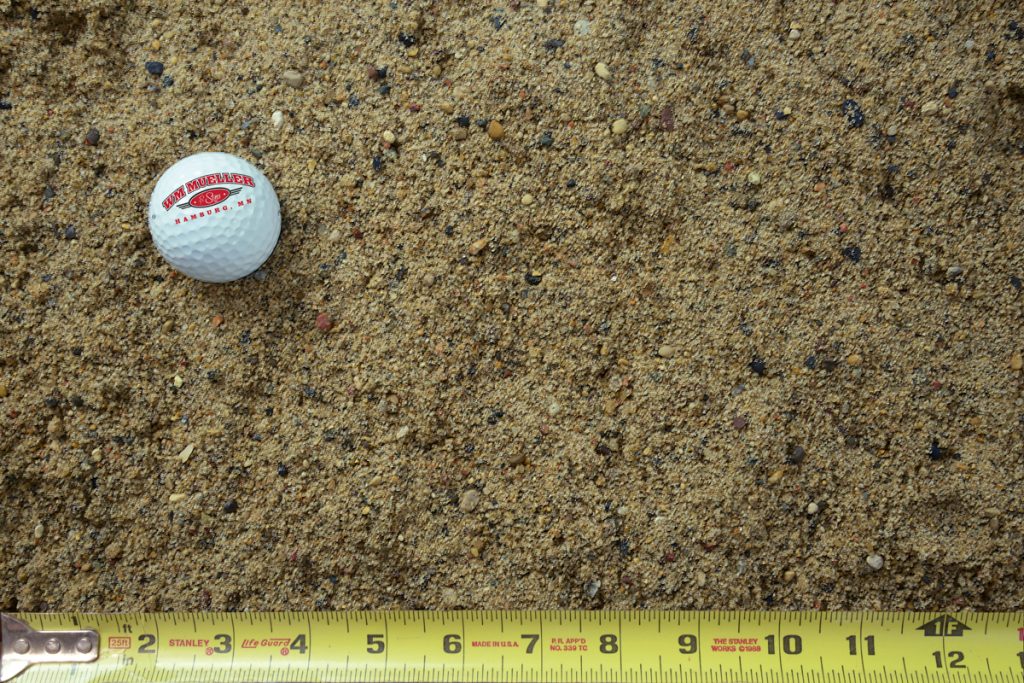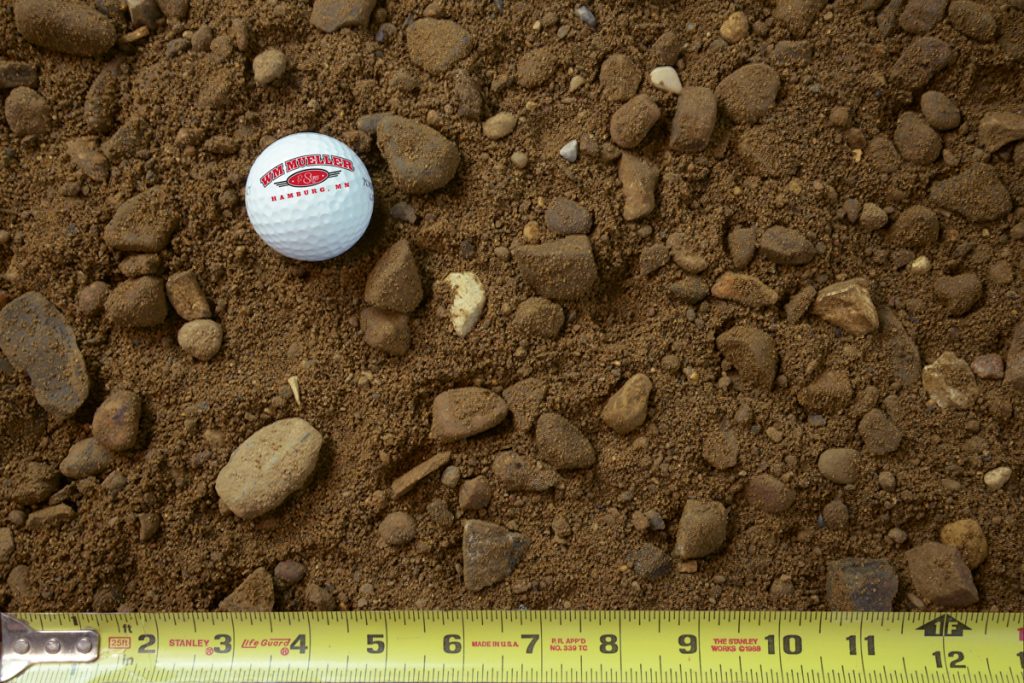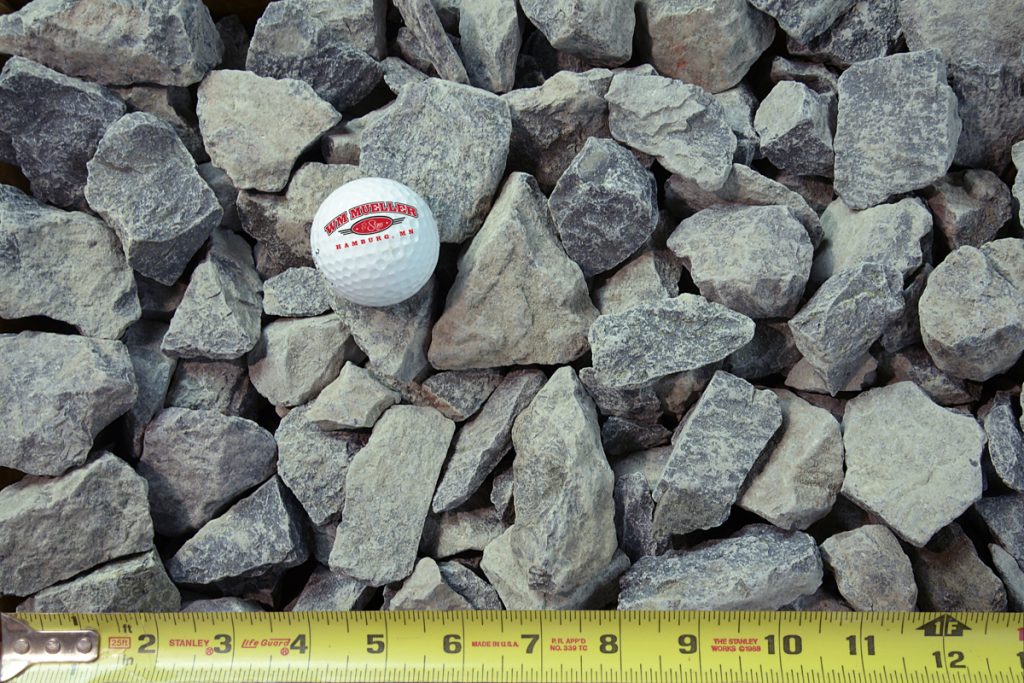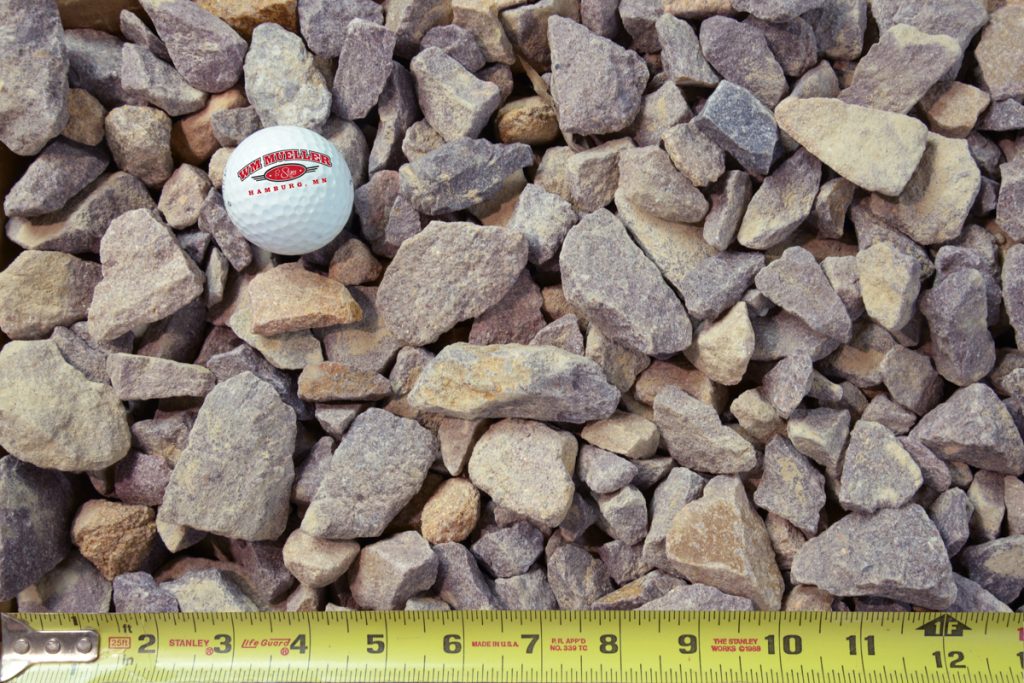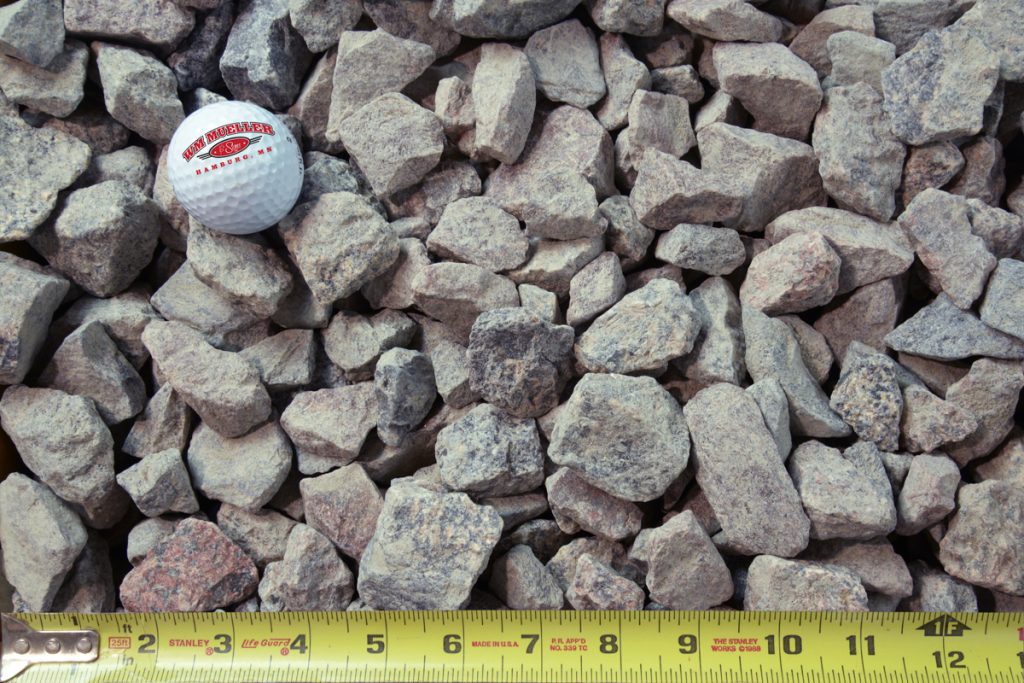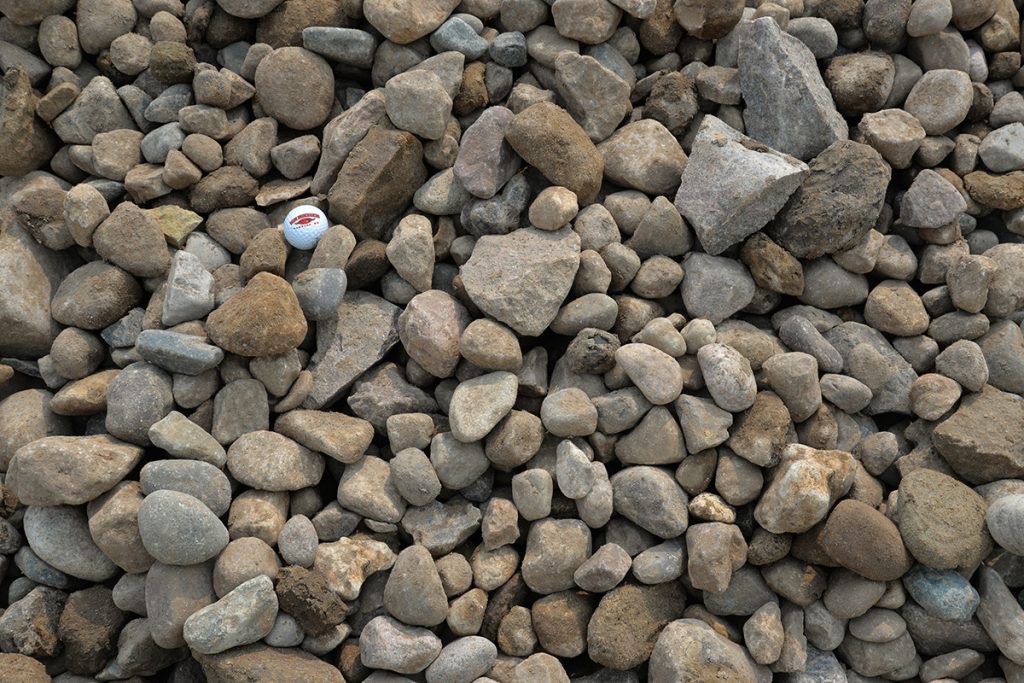Roofing Rock 1/2″
Roofing rock is an aggregate material frequently used to protect and finish certain roofs, especially flat and low-slope roofs, where it serves as a sturdy, weather-resistant cover for a roof’s underlayer.
Roofing rock offers various benefits, making it a preferred choice for many contractors and homeowners. One of its main advantages is the protection it provides against harmful UV radiation, which can significantly degrade certain roofing materials over time. The rock acts as a physical barrier, absorbing and deflecting sunlight to preserve the underlayer’s integrity.
Additionally, roofing rock can enhance a roof’s fire resistance. Since it’s a non-combustible material, it helps prevent the spread of flames, offering extra safety for the building.
Furthermore, the weight of the rock ballast helps keep the roofing system in place, particularly in areas prone to strong winds or storms. This weighted attribute prevents wind uplift and helps maintain the roof’s stability.
Beyond its traditional role on flat roofs, you can also find it in green roofing systems, where it acts as a drainage layer, helping to manage water runoff and promote the growth of plants.

